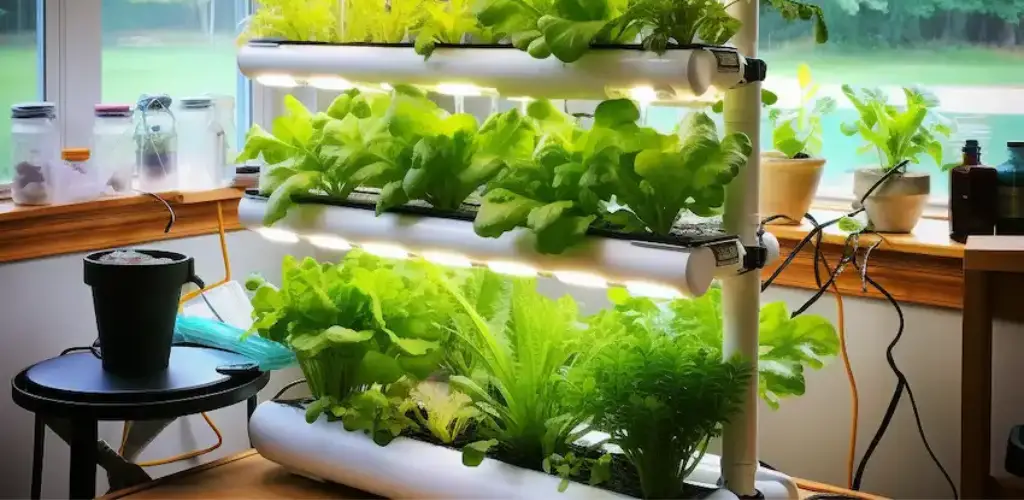
Hydroponic feed is revolutionizing the way farmers and livestock producers think about animal feed. This innovative method allows seedlings to grow into nutritious feed without the need for soil, using minimal water and space, and completely bypassing the need for chemical fertilizers or pesticides. Hydroponic feed is not only a sustainable choice for the environment, but also provides a quick, efficient and nutrient-dense feed option for animals. Here is a detailed guide on what hydroponic food is and how to start producing it.
Understanding Hydroponic Food
Hydroponic foraging is essentially the process of growing plants from seeds in a water-based, nutrient-rich solution without soil. The process is particularly suitable for producing high-quality animal feed. It grows quickly, usually within 7 days from sowing to harvest, and the resulting green shoots and root mats are completely consumed by animals. This method is ideal for regions with water scarcity, reduced pasture area or for regions that want to produce forage all year round.
Benefits of Hydroponic Food
- Fast Growth Cycle: Ready to harvest in just 7 days.
- High nutritional value: Rich in vitamins, minerals and enzymes.
- Water efficiency: Uses significantly less water than traditional forage cultivation.
- Space Saving: Requires less space, making it perfect for small farms or urban environments.
- Year-Round Production: Can be grown in any climate and any season.
- No Chemicals Required: Grows without pesticides or fertilizers.
Step-by-step guide to growing hydroponic food
Materials required:
- Seeds (oats, barley, alfalfa, sorghum, clover, wheat, cowpea, etc.)
- Hydroponic trays or containers
- Irrigation system (manual spray bottle or automated system)
- High quality water
- Optional: nutrient solution for hydroponics
Steps:
1. Seed selection and preparation:
- Choose germinable, mold-resistant seeds.
- Soak the seeds in clean water for 8-24 hours to initiate germination.
2. Setting up the compartments:
- Place clean hydroponic trays in a well-lit area and ensure proper drainage.
- After soaking, spread the seeds evenly on the tray. To ensure even growth, do not overcrowd the plants.

3. Watering:
- Water the seeds lightly at first to maintain moisture without causing waterlogging.
- Set up a watering schedule that keeps the seeds moist but not soggy. Automated systems can simplify this process.
4. Germination and Growth:
- The seeds begin to germinate within the first few days. Make sure they receive adequate light and consistent moisture.
- Maintain a clean environment to prevent mold or fungus growth.
5. Harvest:
- Within 7 days the food is around 30 cm high and ready to harvest. The entire root and shoot layer is edible.
- To harvest, cut the feed close to the base and feed it fresh to the animals.
6. Maintenance and repetition:
- Clean trays thoroughly after each cycle to prevent illness.
- Begin the process again to ensure a continuous supply of fresh food.

Hydroponic feed provides a sustainable and efficient solution to the challenges of producing high-quality animal feed, particularly in resource-limited areas. By following the steps outlined above, farmers can secure a reliable source of nutritious feed that supports the health and productivity of their livestock. As the method becomes more popular, it has the potential to significantly impact agricultural practices and contribute to a more sustainable and self-sufficient agriculture of the future.
Inspired by that? Share the article with your friends!
